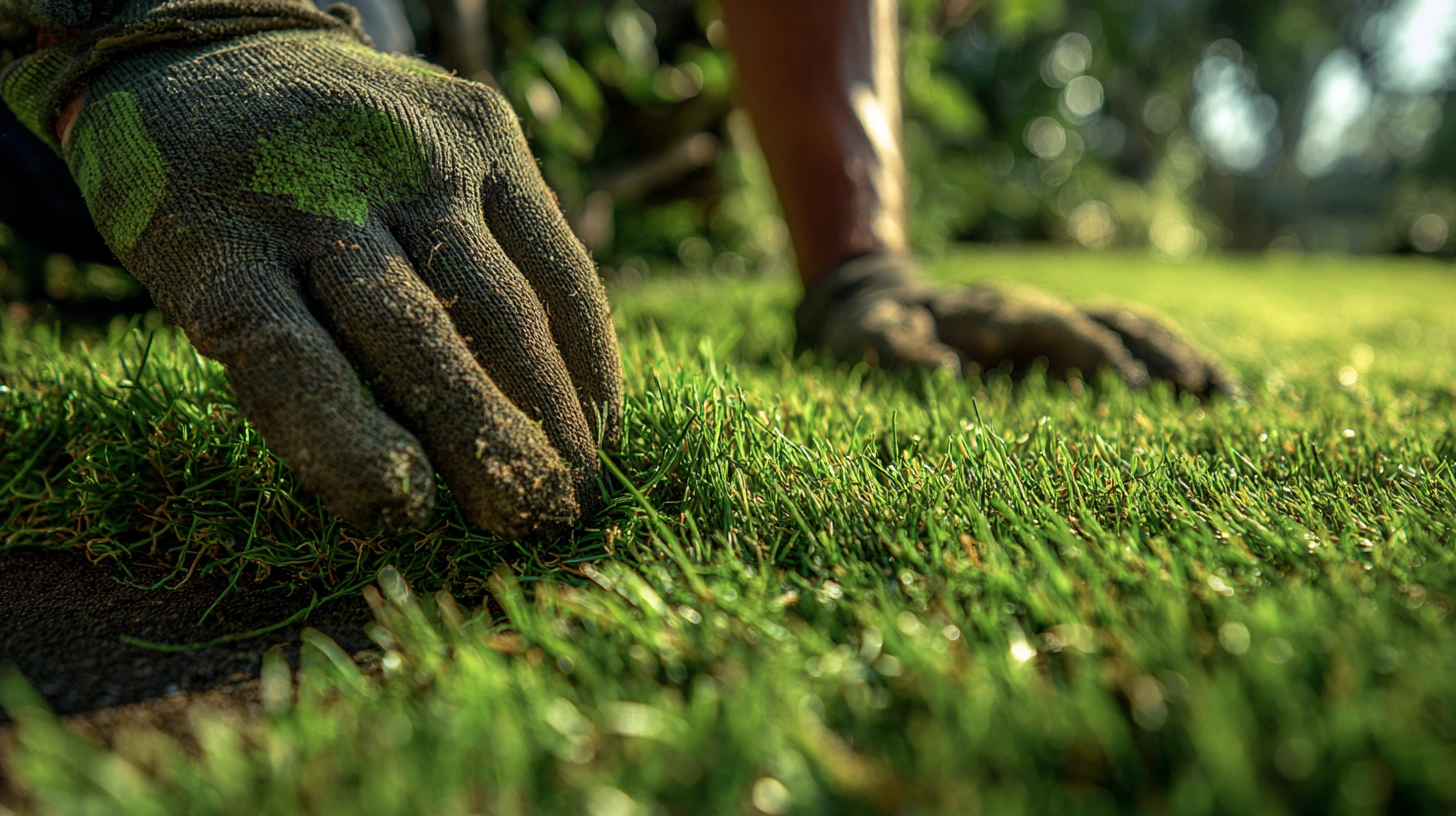Identify and Control North Texas Lawn Weeds in New Sod

Learn to spot and remove Dallisgrass, Crabgrass, Goosegrass, and winter invaders from new sod in North Texas. Step-by-step tips for a thriving lawn.
Identify and Control North Texas Lawn Weeds in New Sod
Introduction
There's nothing more frustrating than laying down fresh sod, only to see clumps of unwanted grass popping up in the weeks that follow. In North Texas, new lawns face a host of grassy weeds--Dallisgrass, Crabgrass, Goosegrass and even winter invaders like Rescuegrass and Annual Bluegrass--that compete for water, nutrients, and space. I've walked countless homeowners through spotting these troublemakers early and kicking them out before they take over.
In this guide, you'll learn to identify the most common North Texas lawn weeds, understand why they threaten your new sod, and apply practical control methods--manual, chemical, and cultural--to keep your turf looking sharp. We'll also cover the best timing, local Texas regulations, and safety tips so you can treat weeds confidently and compliantly.
Spotting the Usual Suspects
Early identification is half the battle. Look for clumps or patches that stand out in color, blade width, or texture. Here are the main grassy weeds you'll see in North Texas sod:
Dallisgrass
- Appearance: Coarse, wide blades forming dense clumps up to a foot across. Seedheads rise on thin stalks, each with fingerprint-like rows of seeds.[2]
- Why it's bad: A perennial grass that comes back year after year if not fully removed at the root.
Crabgrass
- Appearance: Broad, flat blades that sprawl out in a star shape. Leaves are lighter green than Bermudagrass or Zoysia.
- Lifecycle: Summer annual that thrives in bare or thin spots. Seedlings emerge when soil temps hit around 60 degreesF.[2]
Goosegrass
- Appearance: Gray-green, flattened blades that radiate from a central point. Seedheads resemble wagon wheels (8-12 spokes).[3]
- Prefers compacted soil and high-traffic areas, so watch driveways or play zones.
Cool-Season Invaders: Rescuegrass & Annual Bluegrass
- Rescuegrass: Upright winter annual, hairy sheaths on leaf nodes, seedheads in clusters.
- Annual Bluegrass: Light green patches in fall and spring, small seedheads on delicate stalks.
Why These Weeds Threaten New Sod
Newly laid sod hasn't fully rooted, making it vulnerable. Grassy weeds:
- Compete aggressively for water and nutrients.
- Create gaps in turf cover that encourage more invasions.
- Impair uniformity, leading to patchy, unsightly lawns.
If you let them go unchecked for just a few weeks, you'll be in for a bigger battle down the road.
Ready to transform your lawn?
Get personalized AI guidance for the perfect lawn. Download Grassmaster Gus now!
Step-by-Step Weed Removal and Prevention
Manual and Mechanical Controls
- Hand-Pulling: Best when soil is moist. Grab the base and pull slowly to remove the entire root.
- Weeding Knife or Trowel: Useful for Dallisgrass. Cut 2-3 inches below soil surface to extract tubers.
- Spot-Removal: After pulling, fill holes with matching sod or topsoil to prevent bare spots.
Chemical Controls for North Texas
Post-Emergent Herbicides
- Crabgrass: Quinclorac (safe on Bermudagrass, Zoysiagrass), fenoxaprop. Apply when seedlings have 3-5 leaves and actively growing.[1]
- Dallisgrass: Non-selective like glyphosate for spot treatment. Caution: It kills desirable turf. Reseed or re-sod treated areas after removal.
- Always read labels and confirm product compatibility with your sod type (St. Augustine is sensitive!).
Pre-Emergent Herbicides
- Products: Prodiamine or dithiopyr in late February-early March before soil temps hit 55 degreesF.[1]
- Limitations: Won't control existing weeds. Use yearly to keep annuals at bay.
Cultural Practices to Strengthen Your Sod
- Mowing: Keep at recommended height (Bermuda 1-1.5", St. Augustine 3-4"). Taller blades shade out weed seeds.
- Watering: Deep, infrequent runs (3/4-1" per week) encourage roots to grow down.
- Fertilization: Follow a soil test. Apply balanced feeds in spring and fall--avoid high N in drought.
- Aeration: Relieve compaction in high-traffic zones to prevent Goosegrass hotspots.
Timing, Regulations, and Safety in Texas
- Pre-Emergent Window: Late Feb-Mar in North Texas. Apply before weeds germinate.
- Weather Watch: Don't spray if rain is forecast within 24 hours or during 95 degreesF+ heat.
- Local Regulations: Texas Department of Agriculture regulates 2,4-D, dicamba, MCPA, quinclorac in many counties. Always check your county's list before buying.[4]
- Protective Gear: Gloves, eye protection, long sleeves, and avoid drift onto ornamentals.
Conclusion
Getting a new sod lawn off to a clean start means staying vigilant against grassy weeds. By learning to spot Dallisgrass, Crabgrass, Goosegrass, Rescuegrass, and Annual Bluegrass early, you'll save yourself weeks of frustration. Combine hand-pulling, targeted herbicides, and solid cultural care--mowing, watering, fertilizing, and aerating--to build a dense turf that crowds out invaders. And don't forget to follow label directions and local Texas regulations for safe, effective treatments.
With these steps, you're well on your way to a lush, uniform North Texas lawn that's the envy of the neighborhood.


